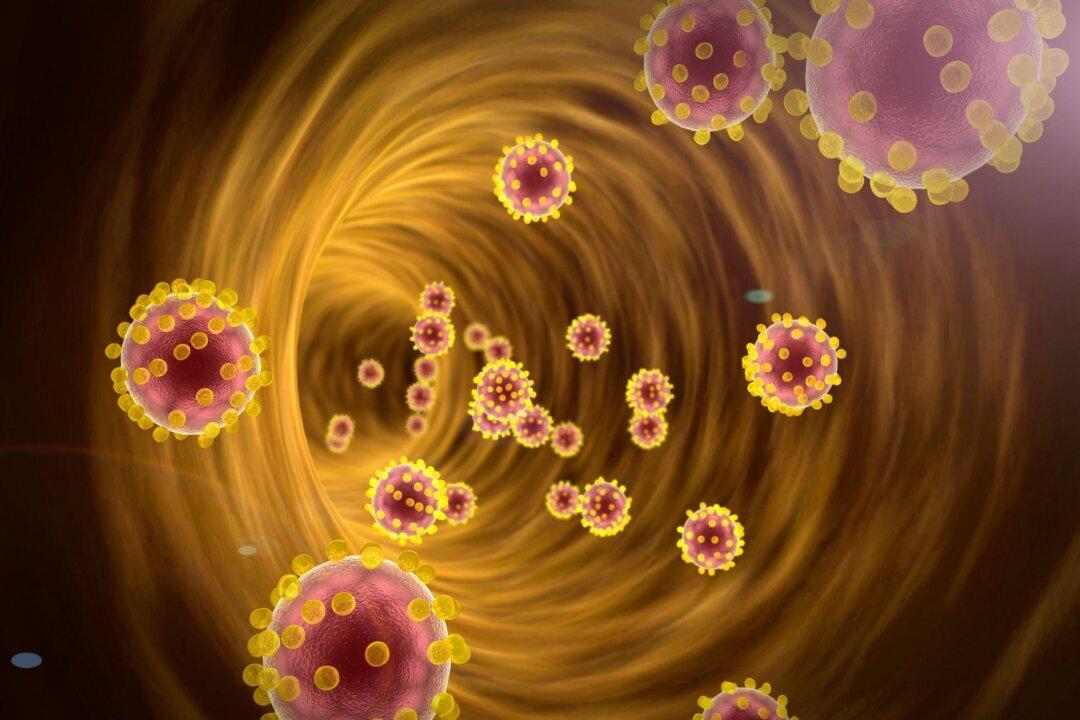The Australian Bureau of Statistics (ABS) has said that COVID-19 was the main cause of excess deaths among Australians between 2021 and August 2023.
During a Senate inquiry on June 13 regarding excess mortality, representatives from the ABS were questioned about the significant increase in mortality rates in recent years.





